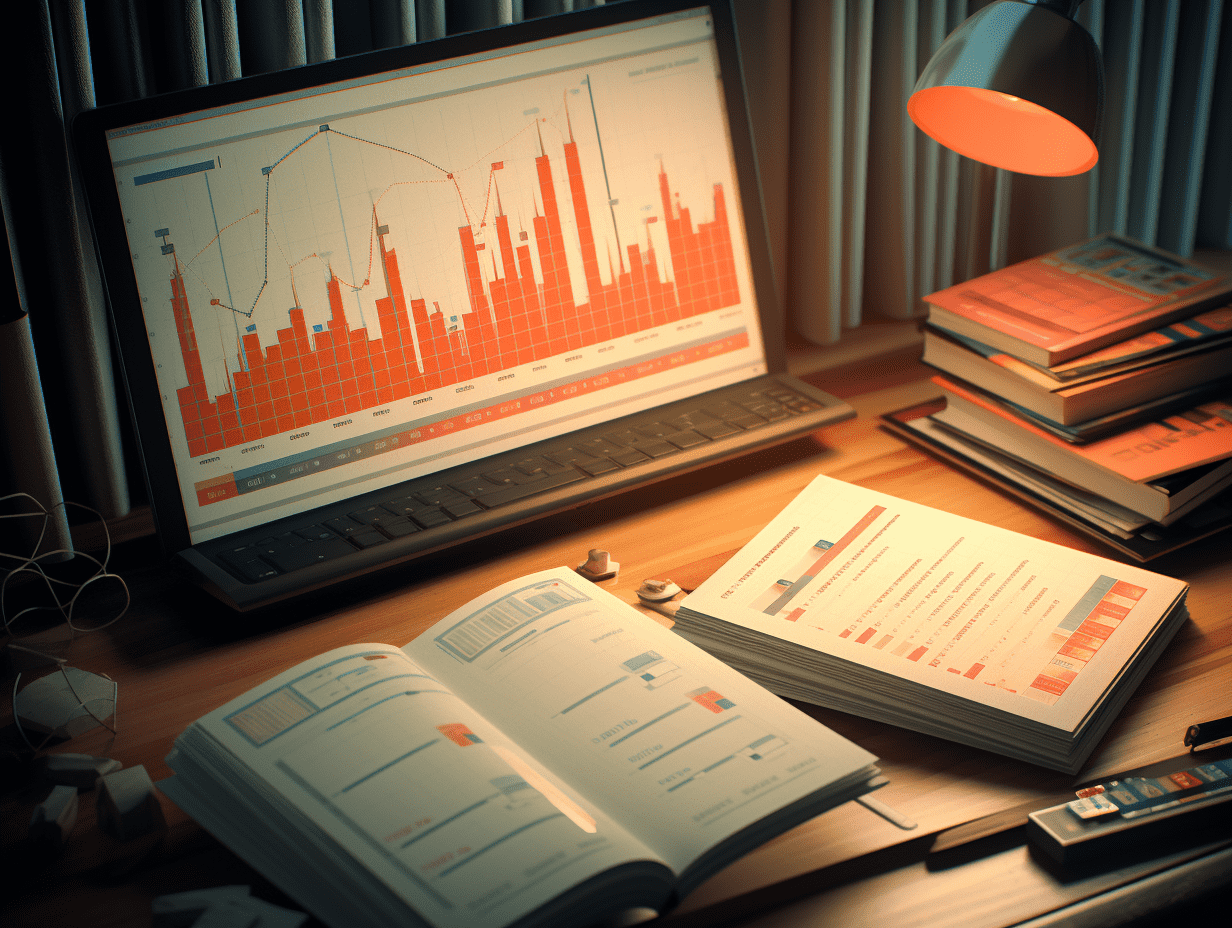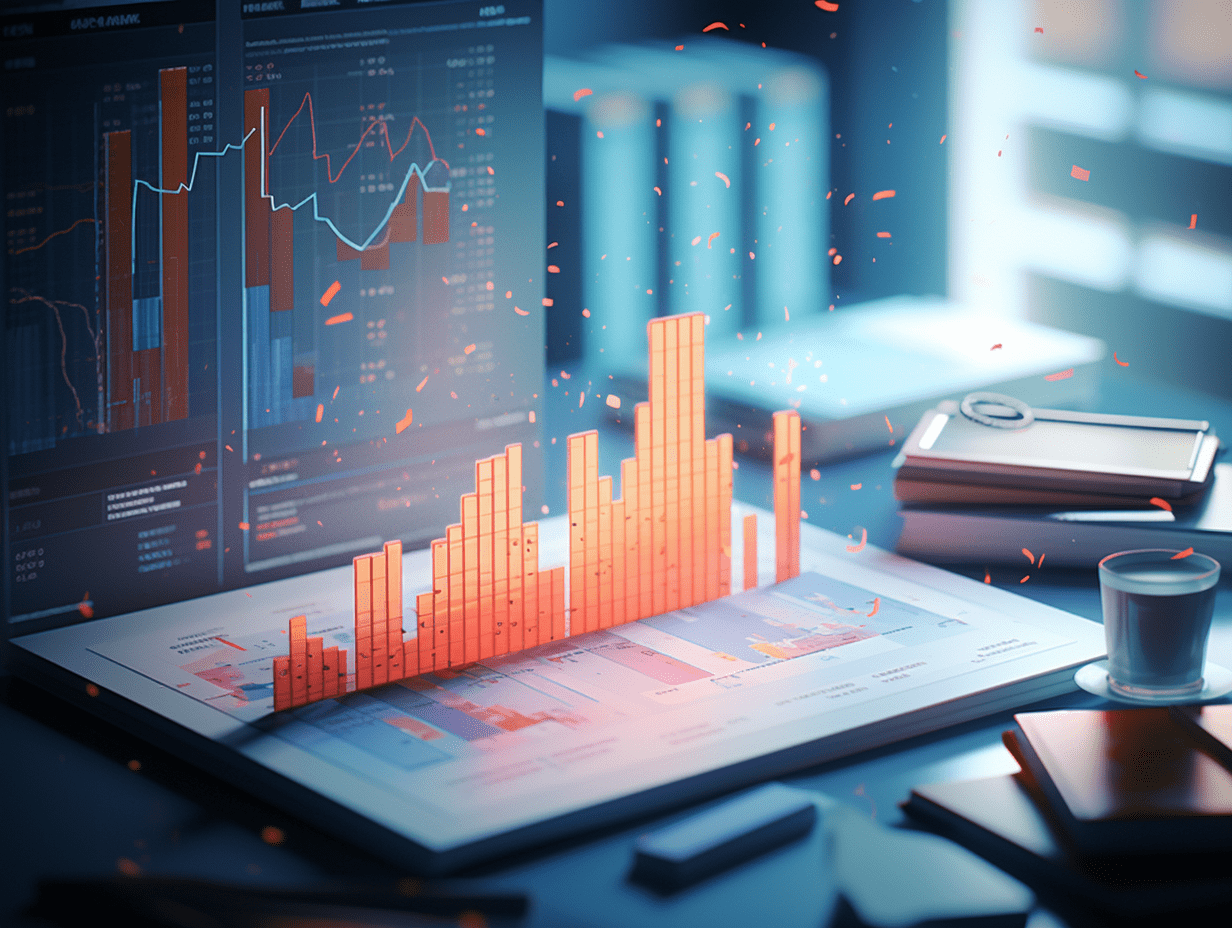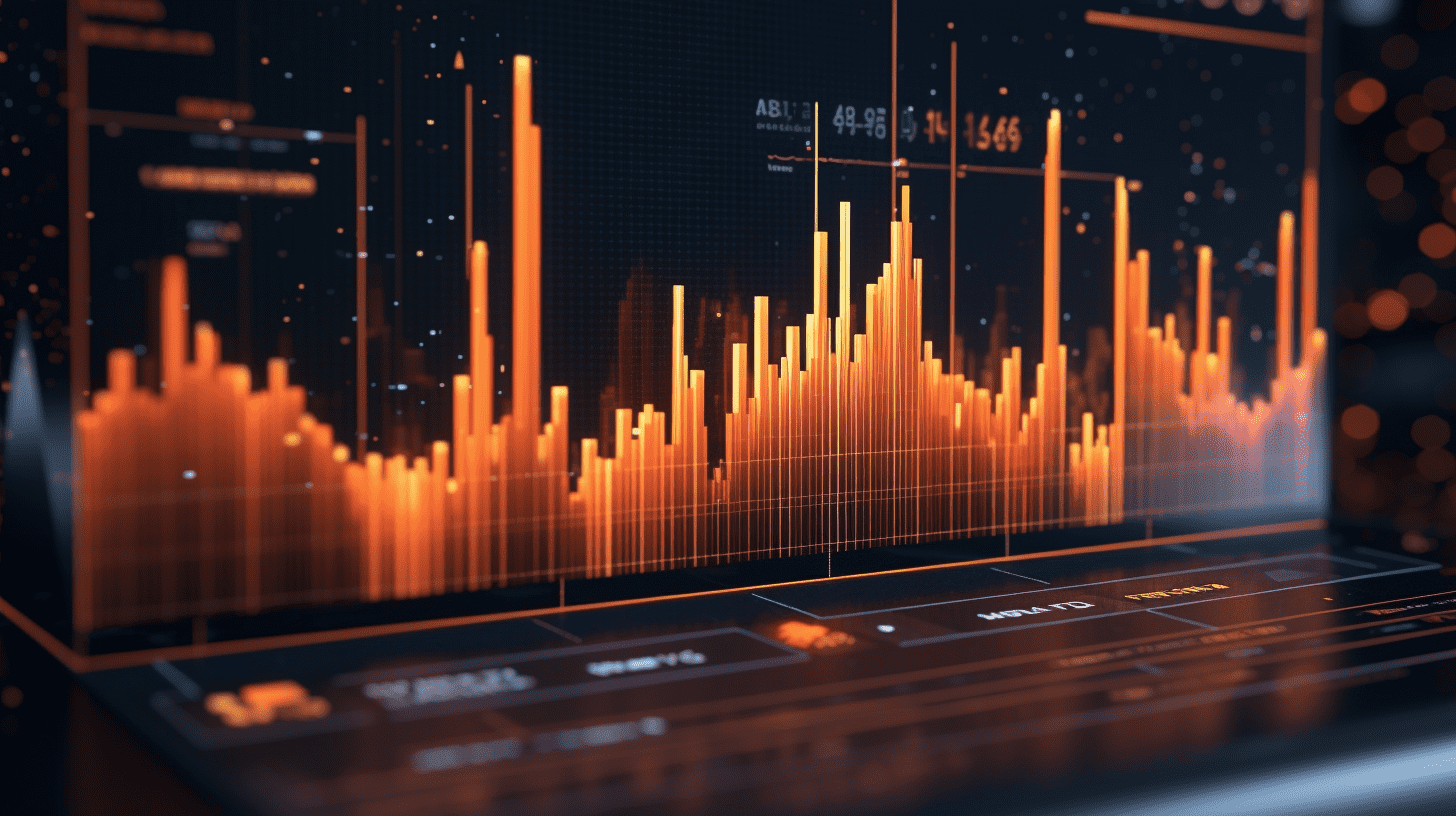
U.S. stock market starting in 2025 is turbulent. Can the "January effect" be replicated?
For decades, a popular theory has held that the US stock market tends to perform better in January compared to other months. This phenomenon is known as the "January Effect" because research indicates that the returns in January are several times higher than the average for other months. This effect was most pronounced in small company stocks from the 1940s to the mid-1970s. However, around the year 2000, this January performance seemed to diminish and has since become less reliable.
What is the origin of the January Effect theory?
It is widely believed that the market anomaly in January was discovered by investment banker Sidney Wachtel. He ran a financial firm bearing his name and noticed the outstanding performance in January in 1942. By observing about 20 years of data, he found that small-cap stocks tend to rise in January, performing significantly better than large-cap stocks.
Subsequent research confirmed this anomaly. In 1976, a groundbreaking study on weighted price index of the New York Stock Exchange and others found that the average return in January was 3.5%, while other months had an average return of 0.5%, with data going back to 1904. Solomon Meibach studied market data from 1972 to 2000 and found a smaller but still measurable impact. According to several studies, this effect gradually disappeared after 2000.
Bloomberg's data shows that from the mid-1980s to the beginning of the 21st century, the Russell 2000 index, a benchmark for small-cap stocks, had an average increase of 1.7% in January, making it the second best-performing month of the year. However, since 2014, with the frenzy over large tech stocks like Amazon.com, Inc. (AMZN.US) and Alphabet Inc. Class C (GOOGL.US), the index has only seen an average increase of 0.1% in January.
How is the January Effect explained?
The January Effect has been widely accepted for decades, with most research focusing on trying to find subtle differences and reasons without reaching a definitive conclusion. However, other theories exist as well. The main theory is that many individual investors engage in tax-loss harvesting in December, selling positions at a loss to offset gains and reduce tax liabilities. This theory suggests that investors stop selling and replenish their stock portfolios after January 1st, driving the market up. Another theory is behavioral: people make financial decisions at the start of the new year and adjust their investments accordingly, boosting the stock market. Many high-income investors heavily rely on year-end bonuses, giving them ample cash to invest at the beginning of the year.
How is this January different?
Following significant sell-offs in the last few trading days of last year, the US stock market has had a turbulent start to 2025. The turbulence indicates that the market is responding to the Fed's plans to slow down rate cuts. Nonetheless, the Russell 2000 index saw an 8.4% nosedive in December, its worst monthly performance since September 2022, which may lead to a rebound in these battered stocks in the coming weeks. Small-cap stocks are expected to see double-digit earnings growth later this year, benefiting from rate cuts.
Are there other market theories related to the January Effect?
In 1972, Yale Hirsch first introduced the concept of the "January Barometer," suggesting that the performance in January foretells the performance for the whole year. If the stock market rises in January, it is likely to rise by the year-end, and vice versa for example, in 2022, a January sell-off led to a bear market later in the year. While some analysis indicates that this theory held true 85% of the time from 1950 to 2021, critics argue that this correlation is coincidental as the market rises about three-quarters of the time in the same period.
Additionally, the "First Five Days of January" theory suggests that the first five trading days of January, the entire month of January, and the so-called Santa Claus Rally predict the performance for the coming year.
Why has the January Effect faded?
One theory suggests that the market has already priced in the January Effect and made adjustments to make it less detectable. Another theory argues that the market is changing to focus more on large-cap tech stocks, weakening the January Effect. This shift began around the turn of the millennium, coinciding with the rise of index funds and ETFs, with investors flocking to the so-called "Four Horsemen" of the late 1990s: Microsoft Corporation (MSFT.US), Intel Corporation (INTC.US), Cisco Systems, Inc. (CSCO.US), and Dell Technologies, Inc. Class C (Dell Technologies, Inc. Class C was later privatized, then relisted). According to the Stock Trader's Almanac data, from 1979 to 2001, the Russell 2000 index averaged a 3.4% higher return than the Russell 1000 large-cap index from mid-December to mid-February. Since then, the average return of the Russell 2000 index has only been about 1% higher than the large-cap index.
RECOMMEND
©️2013 - 2025 GMT EIGHT Holdings. All Rights Reserved.
Contact: contact@gmteight.com


